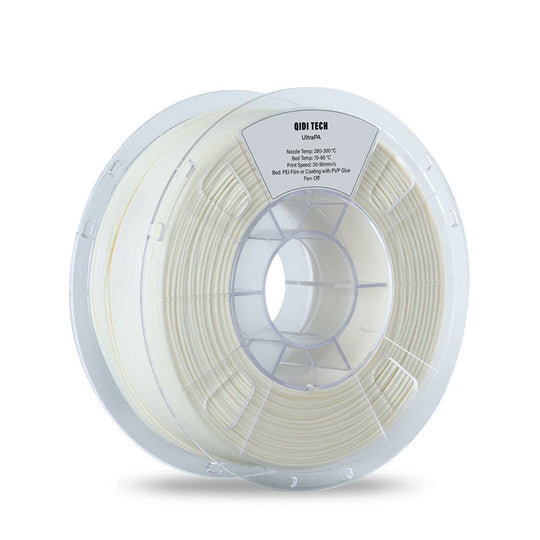3D printing has revolutionized the way we create and innovate, offering endless possibilities for both hobbyists and professionals. One of the key factors that influence the quality and functionality of 3D printed objects is the type of filament used. In this article, we will explore the wide range of 3D printer filament types available on the market, providing you with a comprehensive understanding to make informed decisions.

PLA (Polylactic Acid)
PLA is one of the most popular 3D printing materials due to its ease of use and eco-friendliness. Made from renewable resources like corn starch, PLA is biodegradable and emits a sweet smell when heated. It is ideal for beginners because it prints at lower temperatures and does not require a heated bed.
PLA is often recommended for those new to 3D printing due to its user-friendly nature and minimal warping.
However, PLA is not as durable or heat-resistant as other filaments, making it less suitable for functional parts that will be exposed to high stress or temperatures.
ABS (Acrylonitrile Butadiene Styrene)
ABS is another widely used filament known for its strength and durability. It is commonly used in automotive parts, toys, and electronic housings. ABS requires a heated bed and higher printing temperatures, which can make it more challenging to work with compared to PLA.
One of the drawbacks of ABS is its tendency to warp if not printed under controlled conditions. Additionally, it emits fumes that can be unpleasant and potentially harmful, so proper ventilation is essential.
PETG (Polyethylene Terephthalate Glycol)
PETG combines the best properties of PLA and ABS, offering strength, flexibility, and ease of use. It is less prone to warping and does not emit harmful fumes, making it a popular choice for a variety of applications.
PETG is also known for its excellent layer adhesion and chemical resistance, making it suitable for creating functional parts and containers that may come into contact with liquids.
TPU (Thermoplastic Polyurethane)
TPU is a flexible filament that is perfect for creating objects that require elasticity, such as phone cases, gaskets, and wearable items. It is known for its durability and resistance to abrasion, making it a versatile material for various applications.
Printing with TPU can be challenging due to its flexibility, which can cause issues with filament feeding. However, with the right printer settings and patience, it can produce impressive results.
Choosing the Right Filament
When selecting a filament, consider the specific requirements of your project, such as strength, flexibility, and environmental impact. Each filament type has its own unique properties, so understanding these can help you make the best choice for your needs.
Conclusion
The wide range of 3D printer filament types available today offers something for every project and skill level. Whether you are a beginner looking for an easy-to-use material like PLA or a professional seeking the durability of ABS or the flexibility of TPU, there is a filament that will meet your needs. By understanding the properties and applications of each filament type, you can make informed decisions and achieve the best results in your 3D printing endeavors.
Additional Resources
Product Recommendations
Here are some top-rated filaments that you might find useful:
References
- PLA Filament - XYZ Brand
- ABS Filament - ABC Brand
- PETG Filament - DEF Brand
- TPU Filament - GHI Brand









